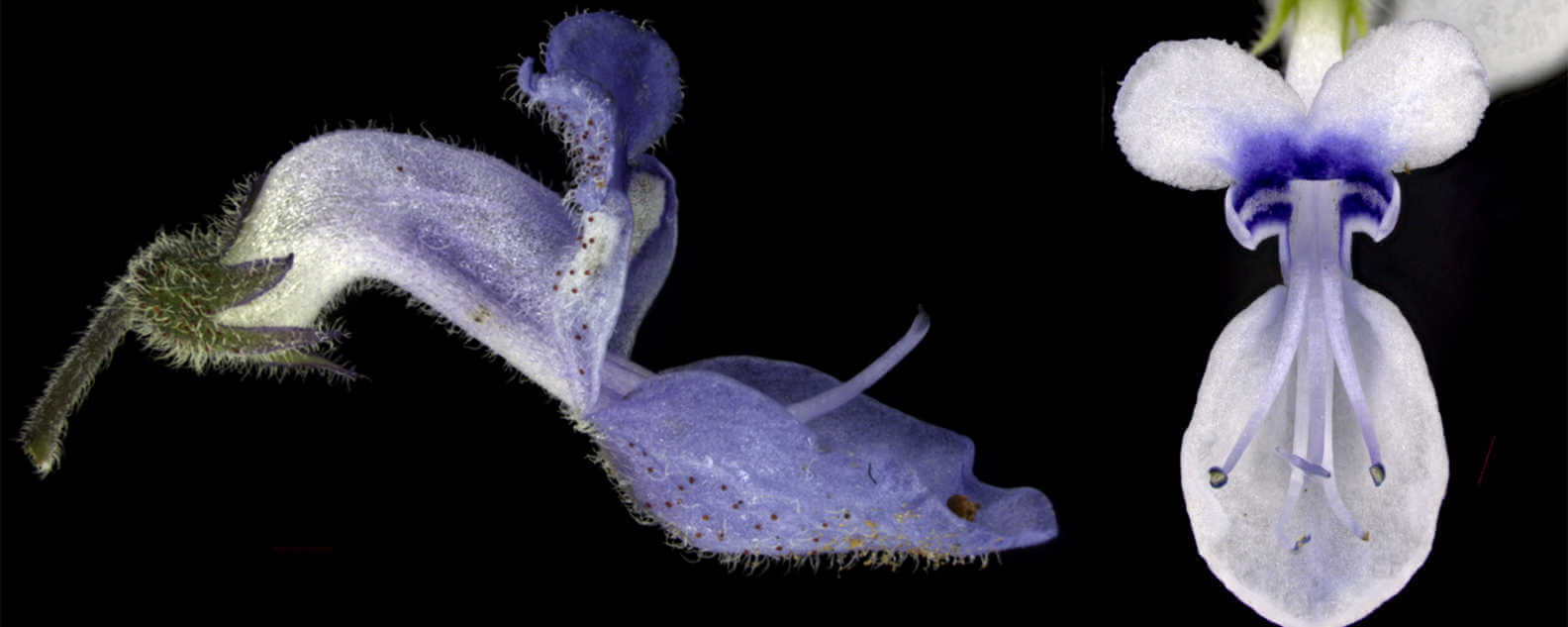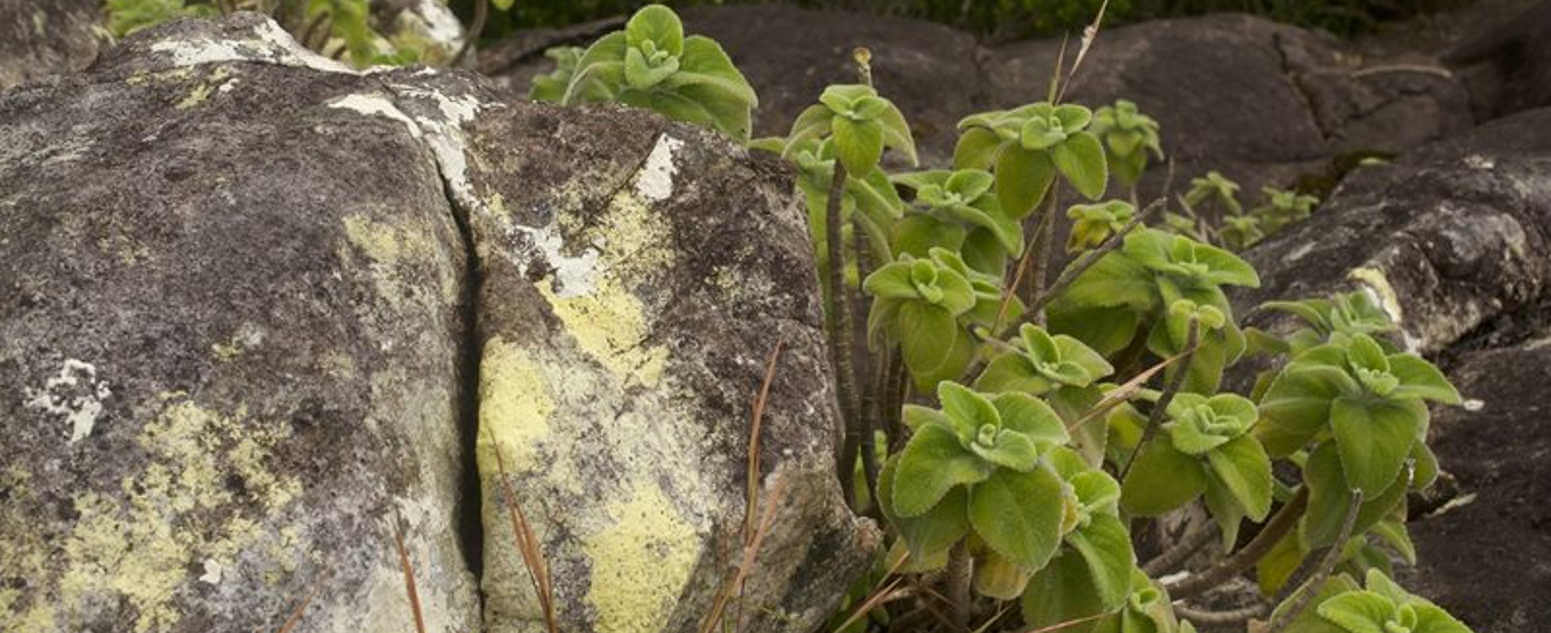Coleus genus resurrected
The genus Plectranthus has recently lost 62 Australian species. But don't worry, they haven't gone extinct. All Australian Plectranthus species have been transferred to the recently resurrected genus Coleus.

Plectranthus plants and their fanciful foliage
Plectranthus has been known as a widely used horticultural and medicinal plant genus of herbaceous or succulent shrubs belonging to the economically important mint family Lamiaceae. But don't let the association with mint fool you. While some have a pleasant minty scent, others give off a much more pungent odour when crushed.
Until now, there have been about 350 species in the Plectranthus genus which is mostly distributed in the Southern Hemisphere from sub-Saharan Africa, Madagascar, India and the Indonesian archipelago down to Australia and some Pacific Islands.

(A) Display of cultivated Coleus scutellarioides (L.) 'Benth' (B) Close up of the Coleus cultivar ‘Campfire’ (Photo: A.Paton).
The discovery that sparked the name change
The science of Taxonomy requires all species of one plant genus to be more closely related to each other than species of any other genus. However, DNA research revealed this was not the case for several species within Plectranthus, including all 62 species native to Australia.
Using this new understanding of Plectranthus and its relatives, a choice had to be made following botanical nomenclature guidelines. Instead of eliminating two other existing genera and transferring the species to create a bigger Plectranthus genus, the Plectranthus research team decided to recognise two additional genera (Coleus and Equilabium) to reduce the size of Plectranthus.
This change in names represents our corrected understanding of evolutionary history and a more informative recognition of biodiversity for these organisms. The published paper I co-authored describes this transfer of some Plectranthus species to the newly named genus Equilabium and some to the resurrected genus Coleus. This transfer also aligns scientific and common names as the old scientific name Coleus was still being used in many areas despite not being recognised by science.

One of the 62 species which has been recently reclassified, Coleus venustus, growing on Mount Kutini in the Cape York Peninsula.
What does this mean for science?
These name changes could be misconceived as a trivial naming argument. However, the correct classification of organisms is founded on providing and clearly communicating a universal concept about our understanding of life on Earth.
Slight errors in Taxonomy can also cascade into horrendous consequences. This could be anything from poisoning from a plant misidentified as medicinal or the introduction of an economically disastrous pest incorrectly identified as a benign native.
The transfer of 62 species to Coleus will assist with the recognition of relationships and diversity in the mint family, and provides a more solid framework for those investigating useful properties common to specific groups of organisms. You can read more about why the science of Taxonomy is important in Dr Russell Barrett's story.
Dr Trevor Wilson on top of Mount Kutini in the Cape York Peninsula.
Go on an audio adventure
Listen to this episode of the Royal Botanic Garden Sydney's Branch Out podcast featuring Dr Trevor Wilson.
Related stories

For the team at the Research Centre for Ecosystem Resilience (ReCER), a request from the Blue Mountains Botanic Garden to design a hedge of the towering Nothofagus moorei, or Antarctic beech, sparked a unique collaboration between science and horticulture.
In the lower Hunter Valley, a new nature reserve named Tiraki – Wonnarua for ironbark – has become a sanctuary for one of Australia’s rarest plants.

In this new episode of What the Flora!? discover why this world-first global ‘Tree of Life’ study is a new milestone in understanding the evolutionary history of flowering plants.